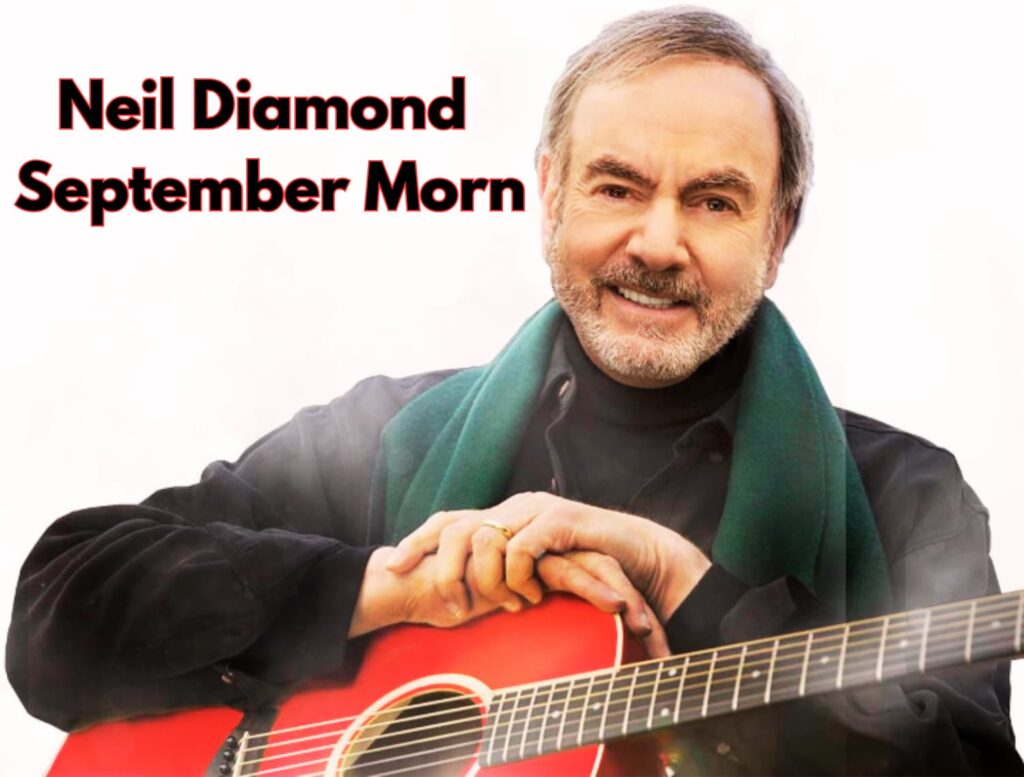
The Enduring Embrace of a New Beginning
Ah, “September Morn” by Neil Diamond. Just the mention of those two words, a gentle whisper against the backdrop of changing leaves, can transport many of us back to a time when melodies truly painted pictures and emotions were laid bare, not hidden behind digital screens. Released as the title track from his 1979 album of the same name, this song, for me, always conjures the bittersweet warmth of autumn, a season of reflection and, often, surprising renewal. It’s a tune that resonates deeply with the enduring human desire for connection, and the hope that, even after a journey through separate paths, love can still find its way back home.
While Neil Diamond was certainly a chart powerhouse in the late 70s, “September Morn” didn’t quite reach the stratospheric heights of some of his other iconic hits, but it nevertheless carved out its own special place. It peaked at number 17 on the U.S. Billboard Hot 100, reached number 14 on the Cash Box Top 100, and hit number 7 on Record World. In Canada, it landed at number 15. However, its true strength lay in its appeal to a more mature audience, finding significant success on the Adult Contemporary charts, where it climbed to number two in the U.S. and spent two weeks at number one in Canada. This speaks volumes about the song’s intrinsic nature – it wasn’t a fleeting pop sensation but a heartfelt ballad designed to touch the soul, a timeless piece of music for those who appreciate lyrical depth and melodic grace. It’s a testament to the fact that not every chart-topper leaves an indelible mark, but some songs, even if they don’t hit the very top spot, become woven into the fabric of our lives.
The story behind “September Morn” is one that many can relate to: a couple, having drifted apart, finding themselves unexpectedly reunited. The lyrics beautifully capture that delicate moment of tentative reunion, the unspoken questions hanging in the air, the cautious hope of rekindling a flame that once burned so brightly. It’s about looking at someone you once knew intimately, seeing the changes wrought by time, yet recognizing the essence of who they were and, perhaps, still are. The vulnerability in Diamond’s voice, combined with the elegant arrangement, particularly that poignant piano intro (often edited out for radio, sadly), perfectly encapsulates the emotion of two people wondering if the fire, the connection, is still there, or if it can be rekindled. It’s not a story of grand, dramatic gestures, but of quiet contemplation and the tender realization that some bonds are simply meant to endure.
“Stay for just a while, stay and let me look at you. It’s been so long, I hardly knew you standing in the door.” These opening lines immediately draw you in, creating an intimate scene that feels deeply personal, yet universally understood. It speaks to the passage of time, the changes we all undergo, and the quiet yearning for familiarity amidst life’s shifts. The song moves through that rediscovery, the remembering of shared moments – “We danced until the night became a brand new day” – and the profound realization that despite the years and the distance, the emotional resonance of that past love can still feel as potent as it did then: “September morning, still can make me feel that way.”
It’s a song that evokes a profound sense of nostalgia, especially for those of us who have lived long enough to accumulate a tapestry of memories, both joyful and a little melancholic. It reminds us of past loves, perhaps those we thought were lost forever, and the possibility, however faint, of revisiting those connections. It speaks to the enduring nature of human emotion, how love, even when dormant, can be reawakened by a familiar face, a shared memory, or a particular time of year. “September Morn” isn’t just a song; it’s a feeling, a wistful embrace of what was, and a hopeful glance toward what could still be. It’s the musical equivalent of finding an old photograph that makes you smile, even as a tear might well up in your eye. And in its reflective simplicity, it remains one of Neil Diamond’s most cherished and truly timeless ballads.